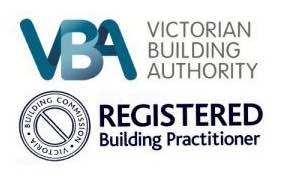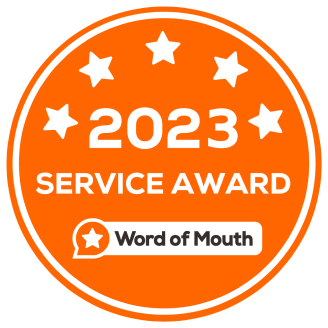5J Building: Guiding You on Healthy and Energy-Efficient House Buildings
In an era prioritizing sustainability and well-being, 5J Building delivers houses prioritizing health and energy efficiency. Meanwhile focused on creating spaces promoting wellness while minimizing environmental impact, 5J Building sets standards in sustainable construction. Therefore this article aims to explore healthy, energy-efficient house building and how 5J Building integrates these principles.
Understanding Healthy House Buildings:
1. Indoor Air Quality:
Healthy house buildings prioritize indoor air quality by minimizing indoor pollutants and maximizing ventilation. This includes the use of low-VOC (volatile organic compound) materials, proper ventilation systems, and indoor air quality monitoring to ensure a healthy living environment for occupants.
2. Natural Light and Biophilic Design:
Natural light and biophilic design enhance well-being by connecting inhabitants with nature. Ample daylighting, views of nature, and indoor greenery contribute to a sense of calm and connection to the outdoors.
3. Thermal Comfort:
Maintaining thermal comfort through efficient insulation, passive solar design, and high-performance windows ensures a consistent indoor temperature year-round. In addition comfortable indoor environments promote health and productivity, reducing reliance on mechanical systems.
4. Moisture Control:
Effective moisture control prevents mold growth, safeguarding health and building integrity.
Embracing Energy-Efficient House Buildings:
1. High-Performance Insulation:
Energy-efficient house buildings utilize high-performance insulation materials to minimize heat loss and gain, reducing reliance on heating and cooling systems and lowering energy consumption.
2. Energy-Efficient Appliances and Lighting:
Incorporating energy-efficient appliances, LED lighting, and smart home technologies reduces energy usage and lowers utility bills while maintaining comfort and convenience for occupants.
3. Passive Design Strategies:
Passive design strategies, such as orientation, shading, and natural ventilation, optimize building performance and reduce the need for mechanical heating and cooling. Furthermore passive solar design utilizes the sun’s energy, enhancing efficiency and comfort.
4. Renewable Energy Integration:
Integrating renewable energy sources reduces reliance on fossil fuels, contributing to sustainability.
5J Building’s Approach to Healthy and Energy-Efficient House Buildings:
At 5J Building, our commitment to sustainability and occupant well-being is ingrained in every aspect of our projects. Moreover from the selection of environmentally friendly materials to the implementation of energy-efficient design strategies, we prioritize creating homes that enhance both the lives of occupants and the health of the planet.
By collaborating with clients, architects, and engineers, we tailor each project to meet the unique needs and goals of the homeowner while adhering to the highest standards of sustainability and energy efficiency.Our holistic approach considers site orientation, envelope performance, and indoor quality.
Conclusion:
In conclusion, healthy and energy-efficient house buildings are essential components of sustainable living in the 21st century. By prioritizing indoor air quality, thermal comfort, energy efficiency, and renewable energy integration, homeowners can enjoy homes that promote well-being, reduce environmental impact, and lower operating costs.
As a leader in sustainable residential construction, 5J Building is committed to guiding clients on the journey toward healthier, more energy-efficient homes. By embracing innovative design, we ensure sustainable living spaces enrich occupants’ lives. Moreover, you may reach 5J Building Group by calling (03) 9886 3731, or obtain an Instant Quote Online.







